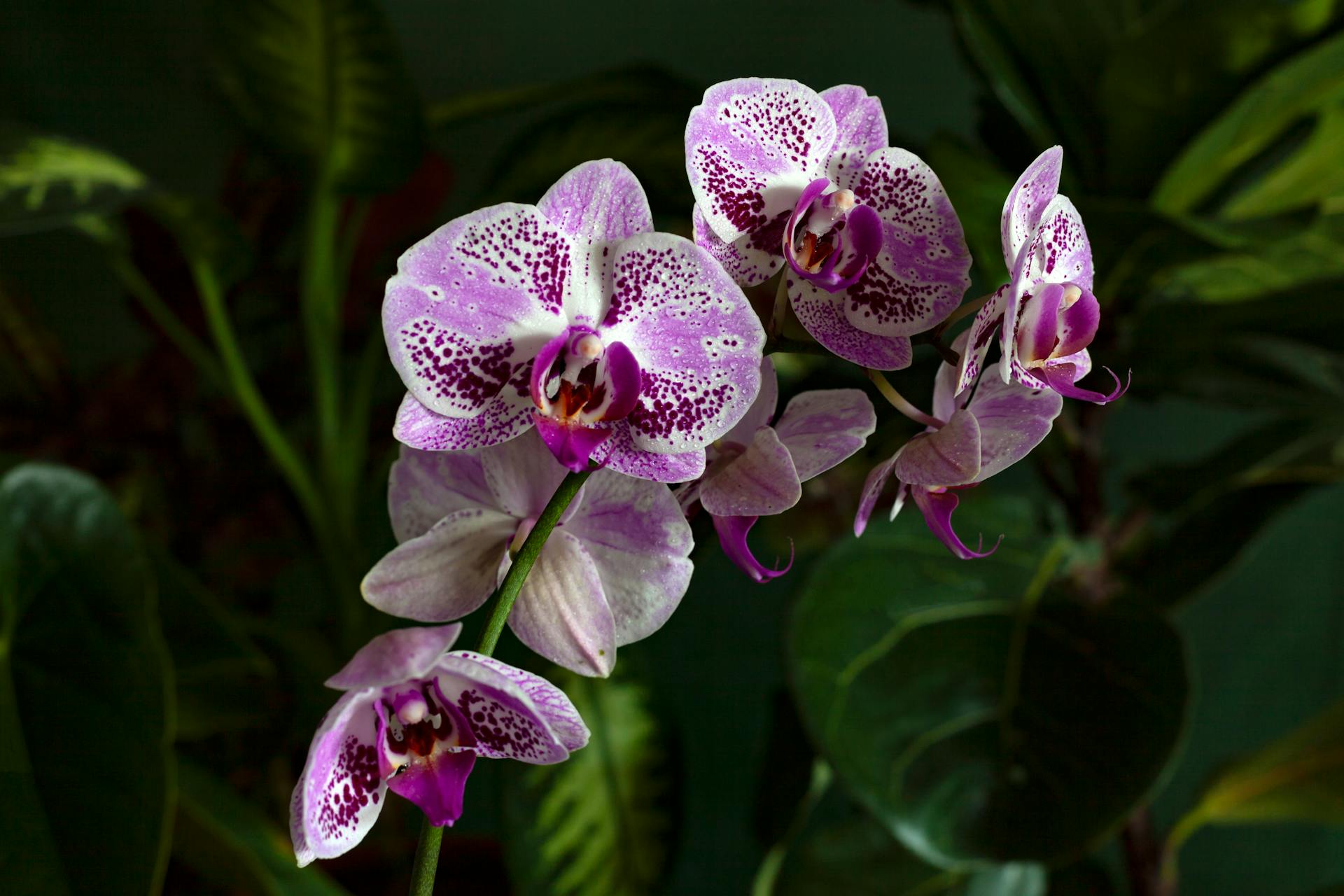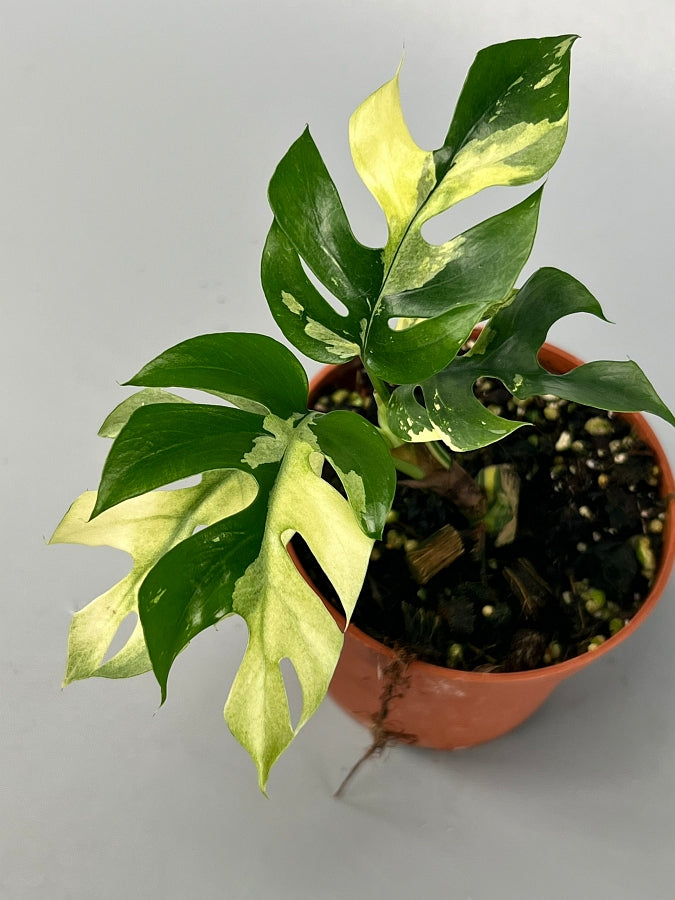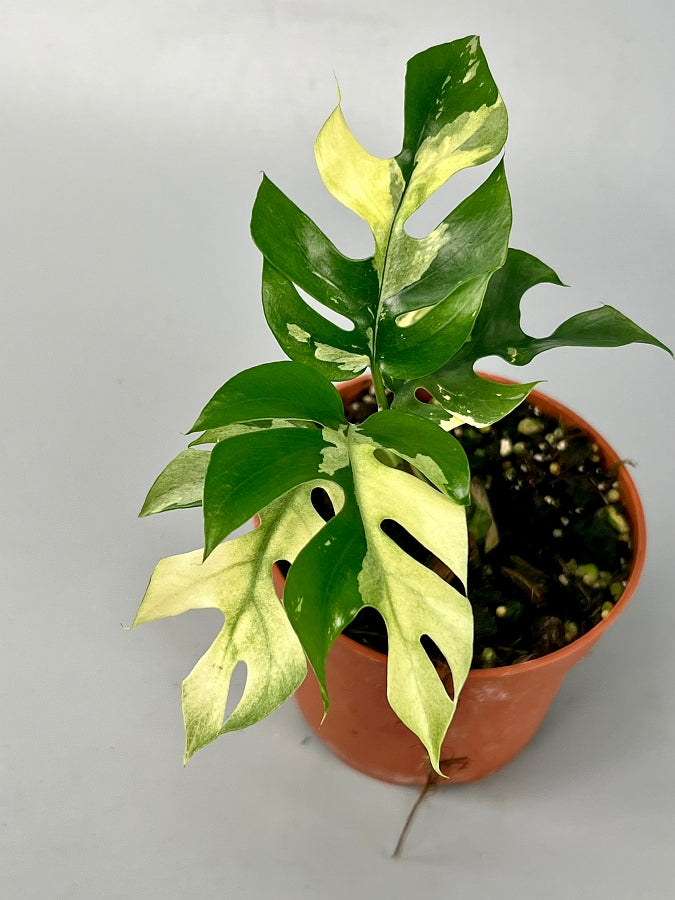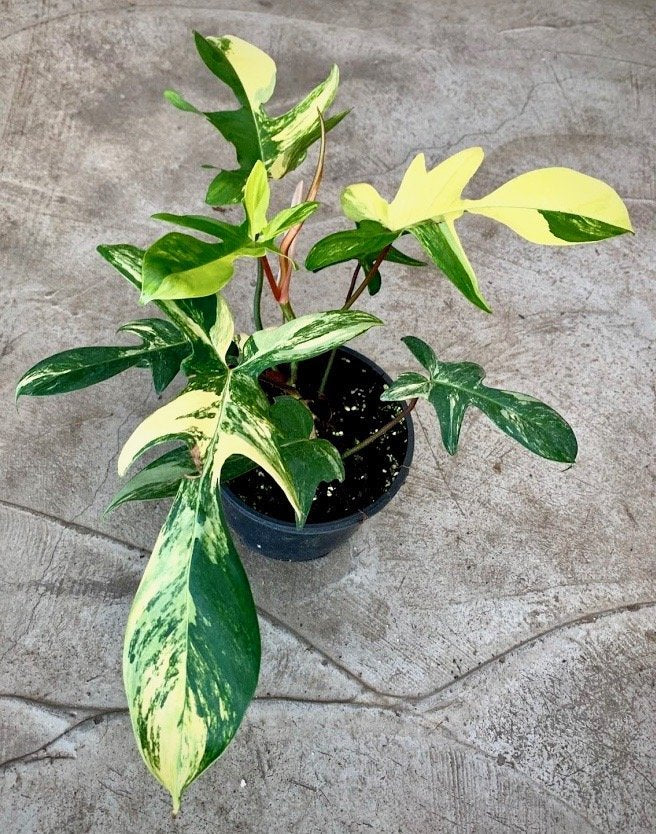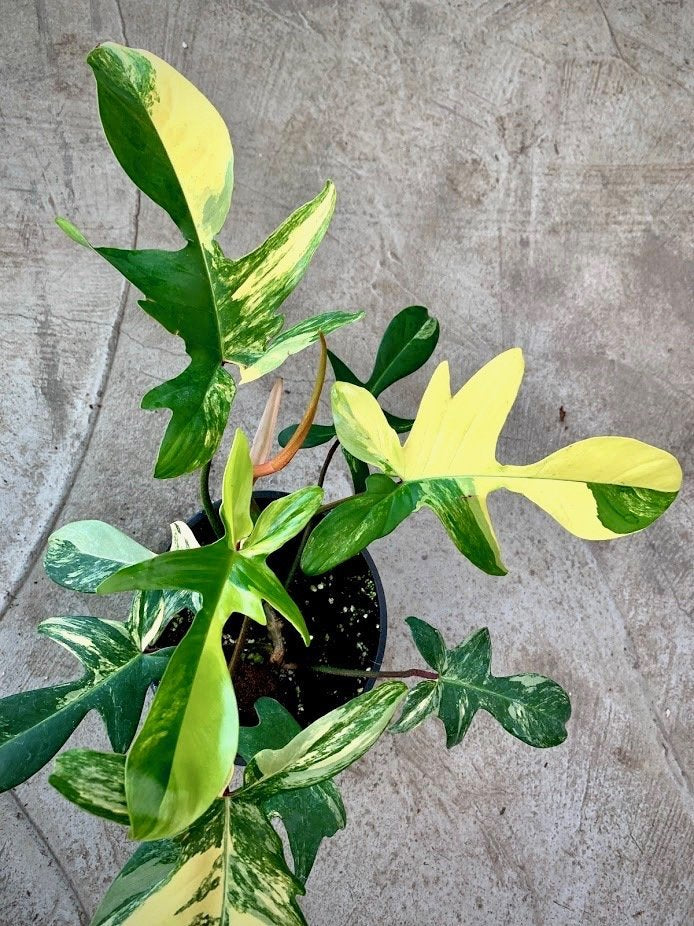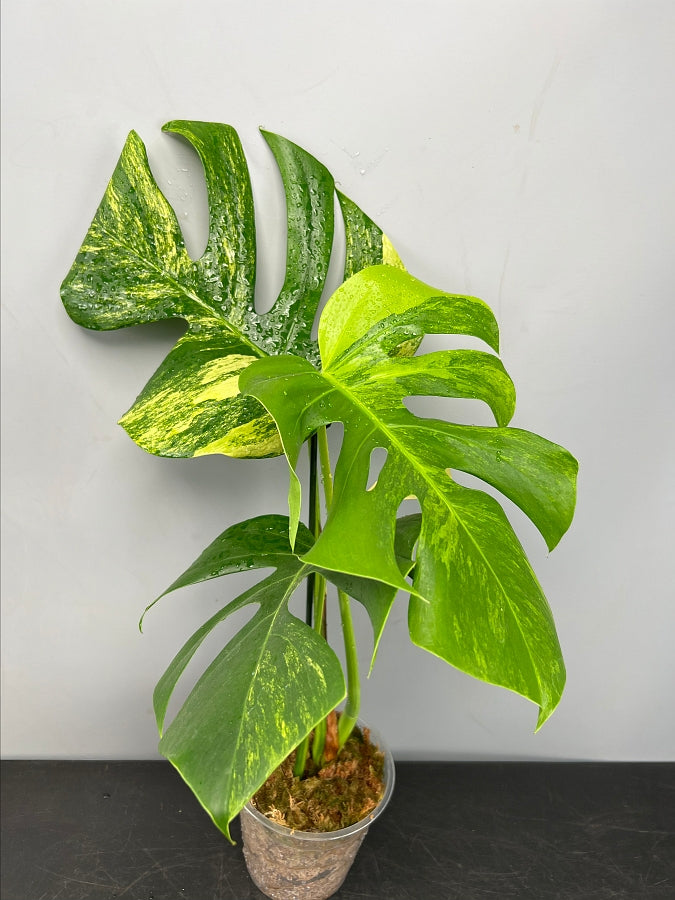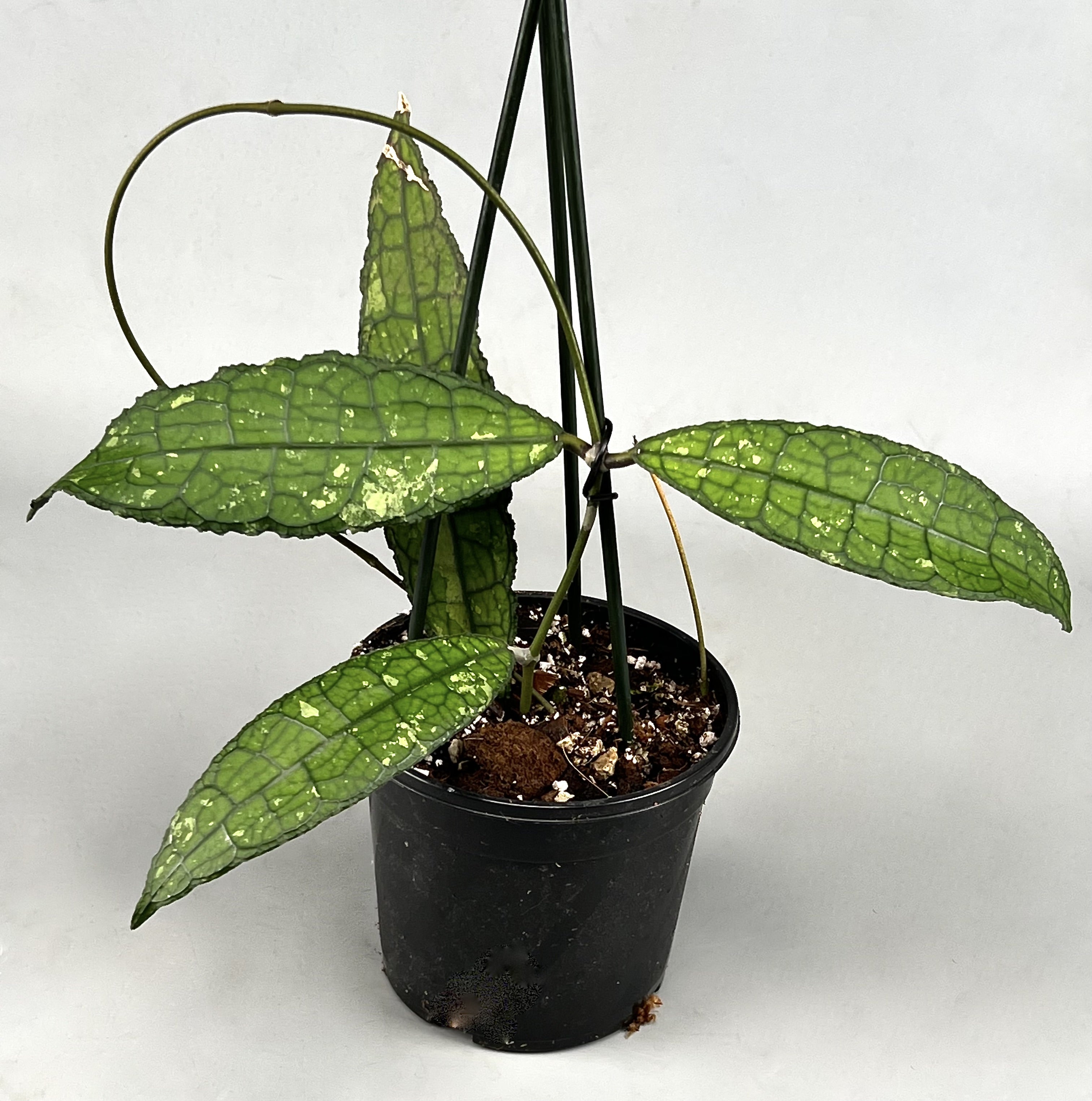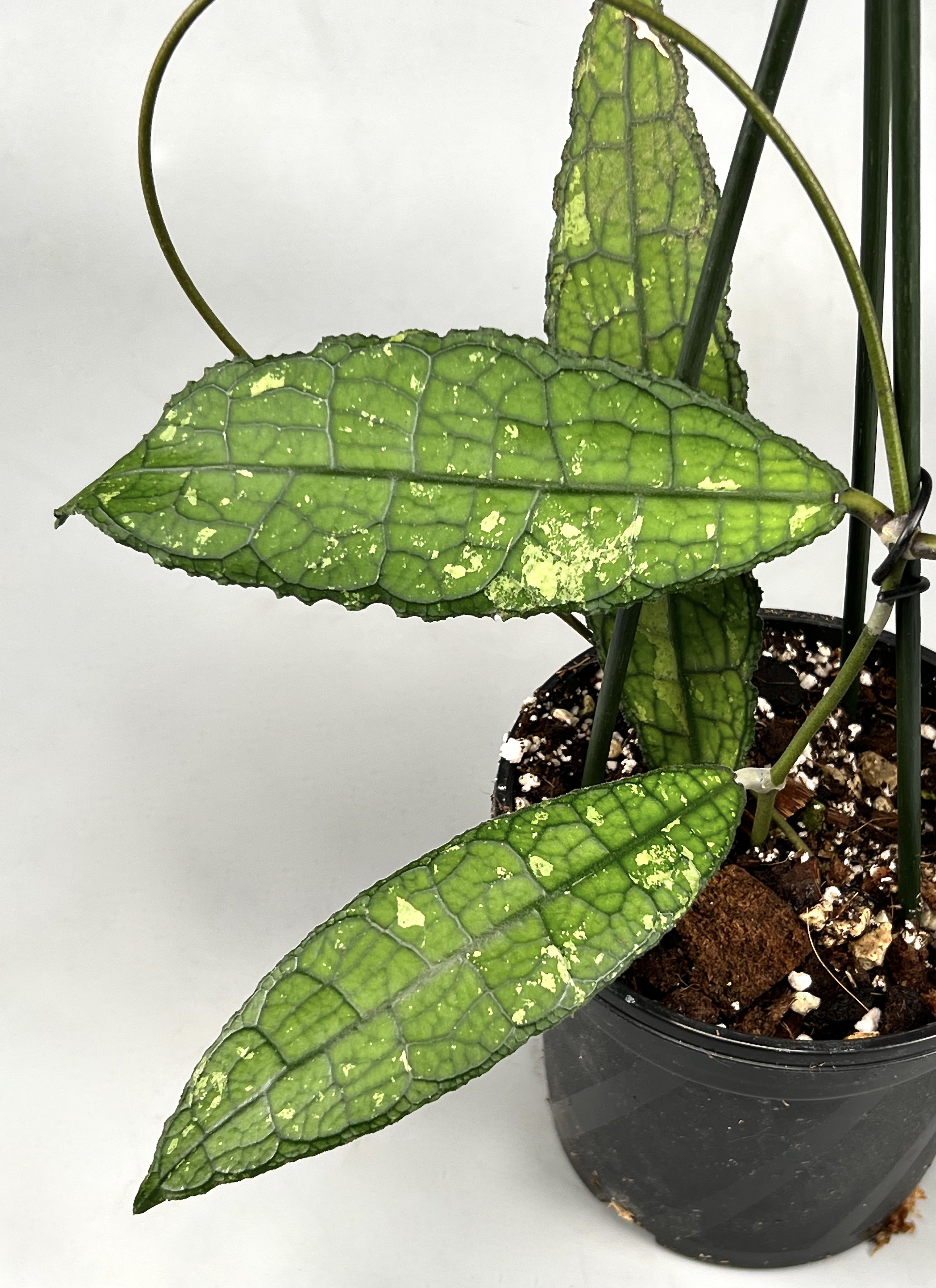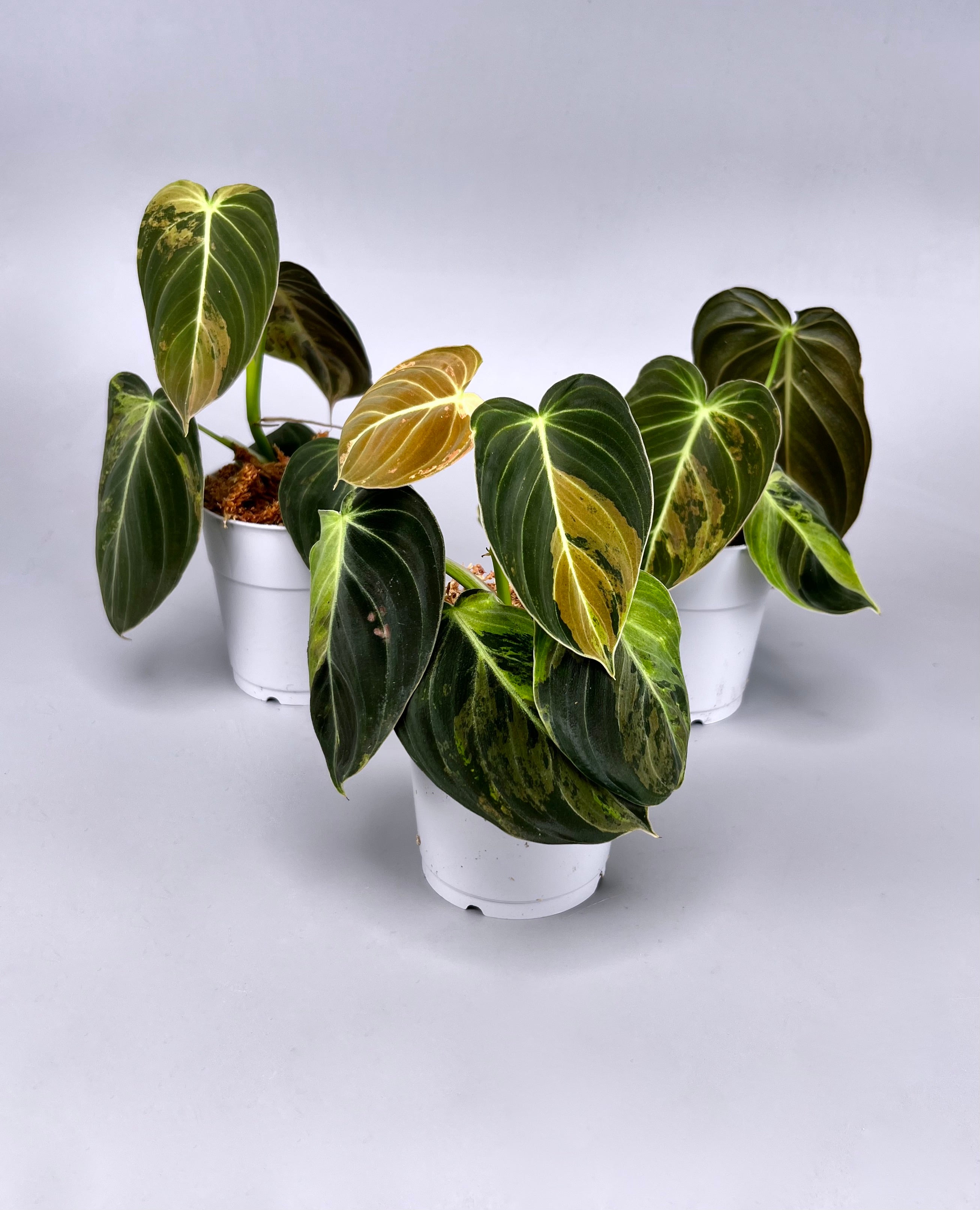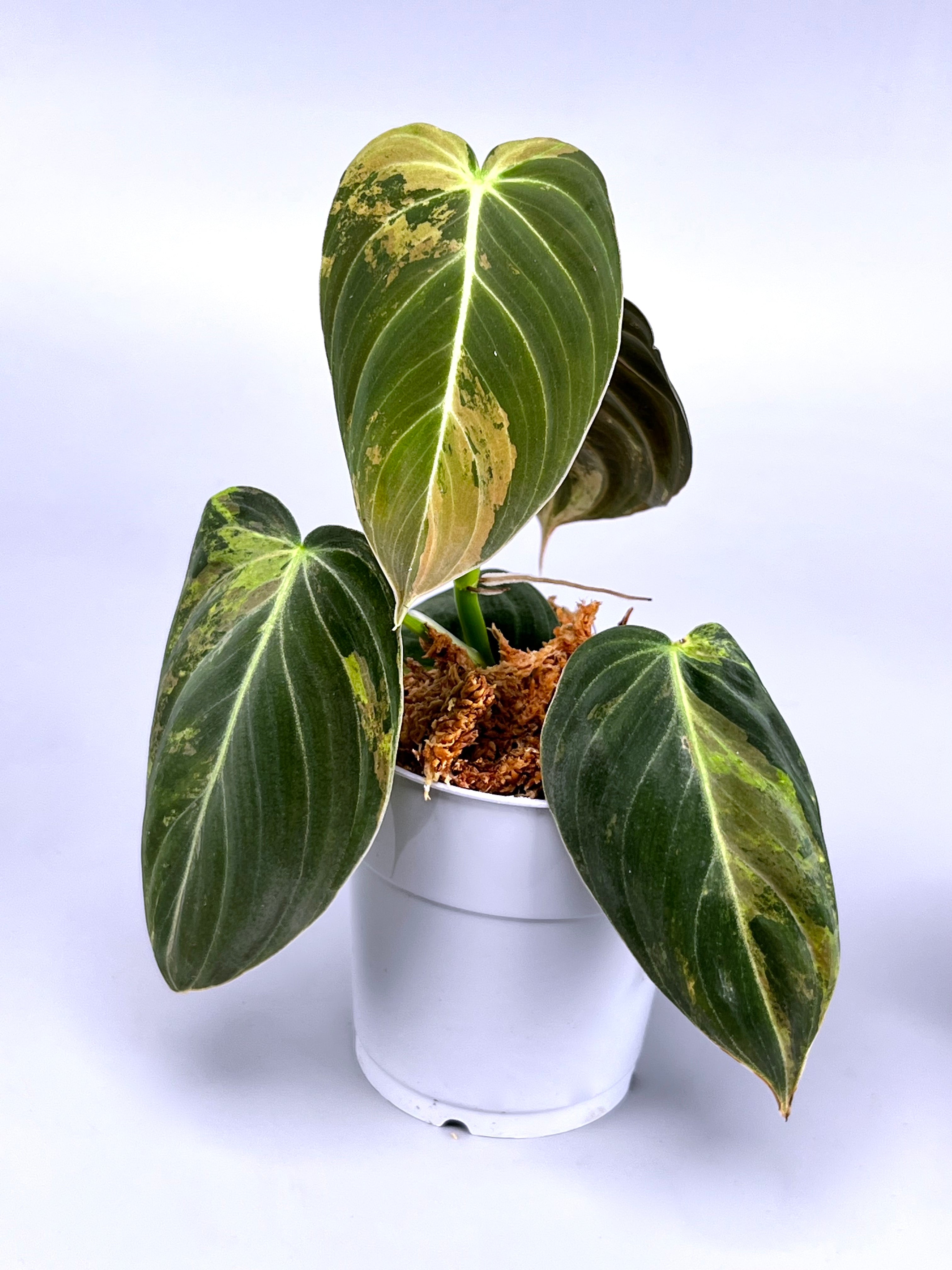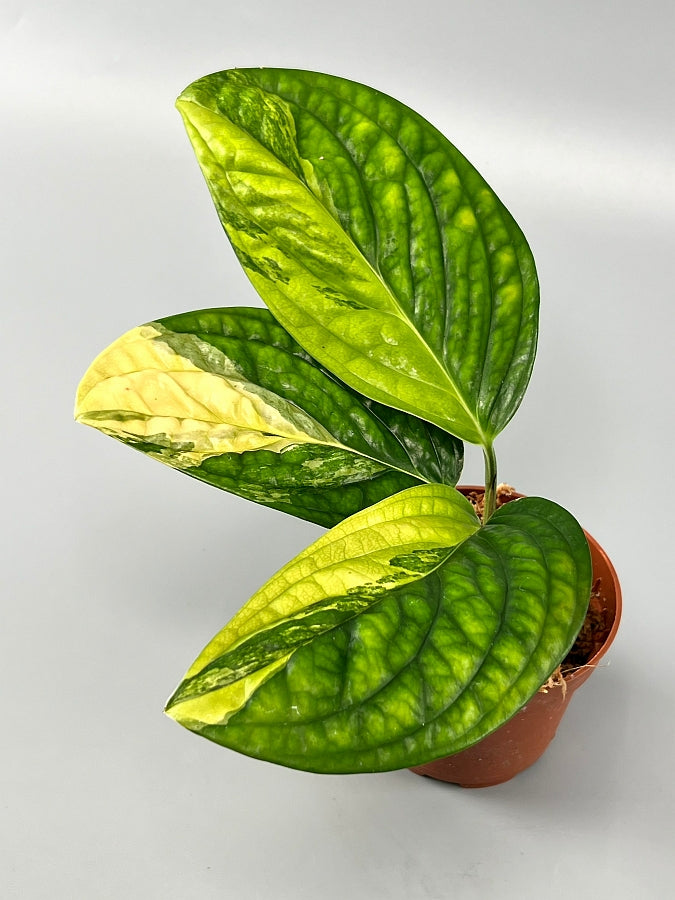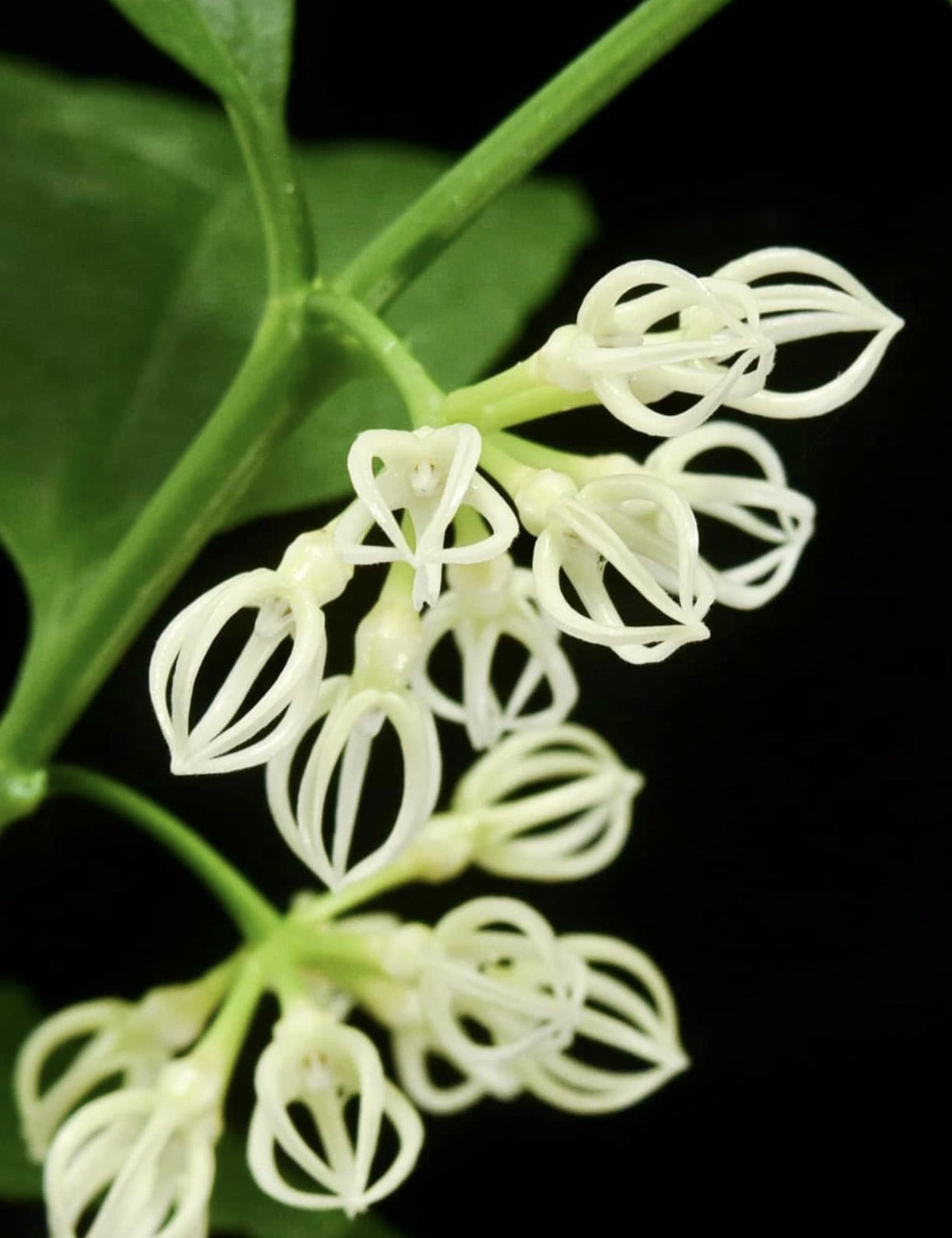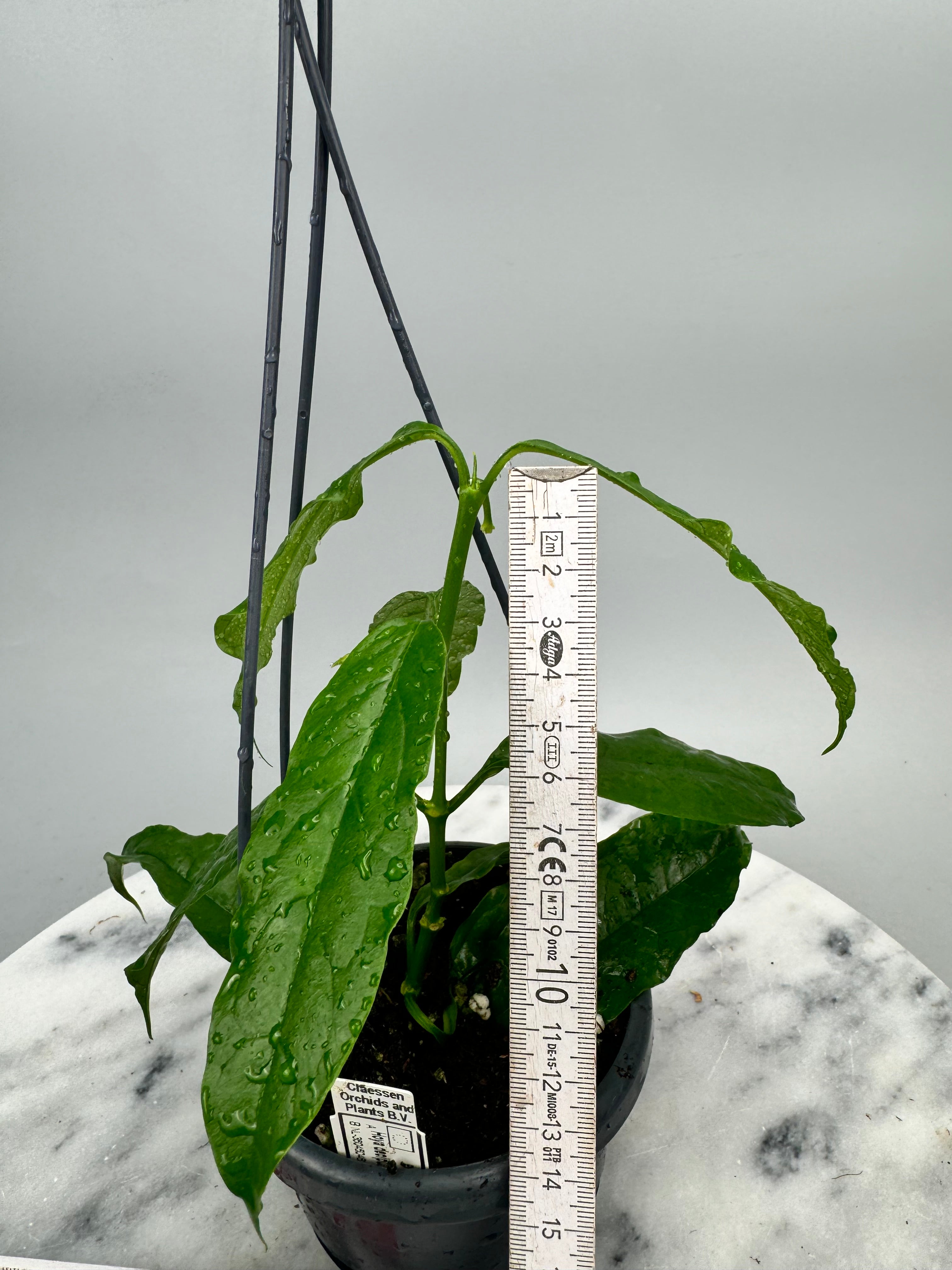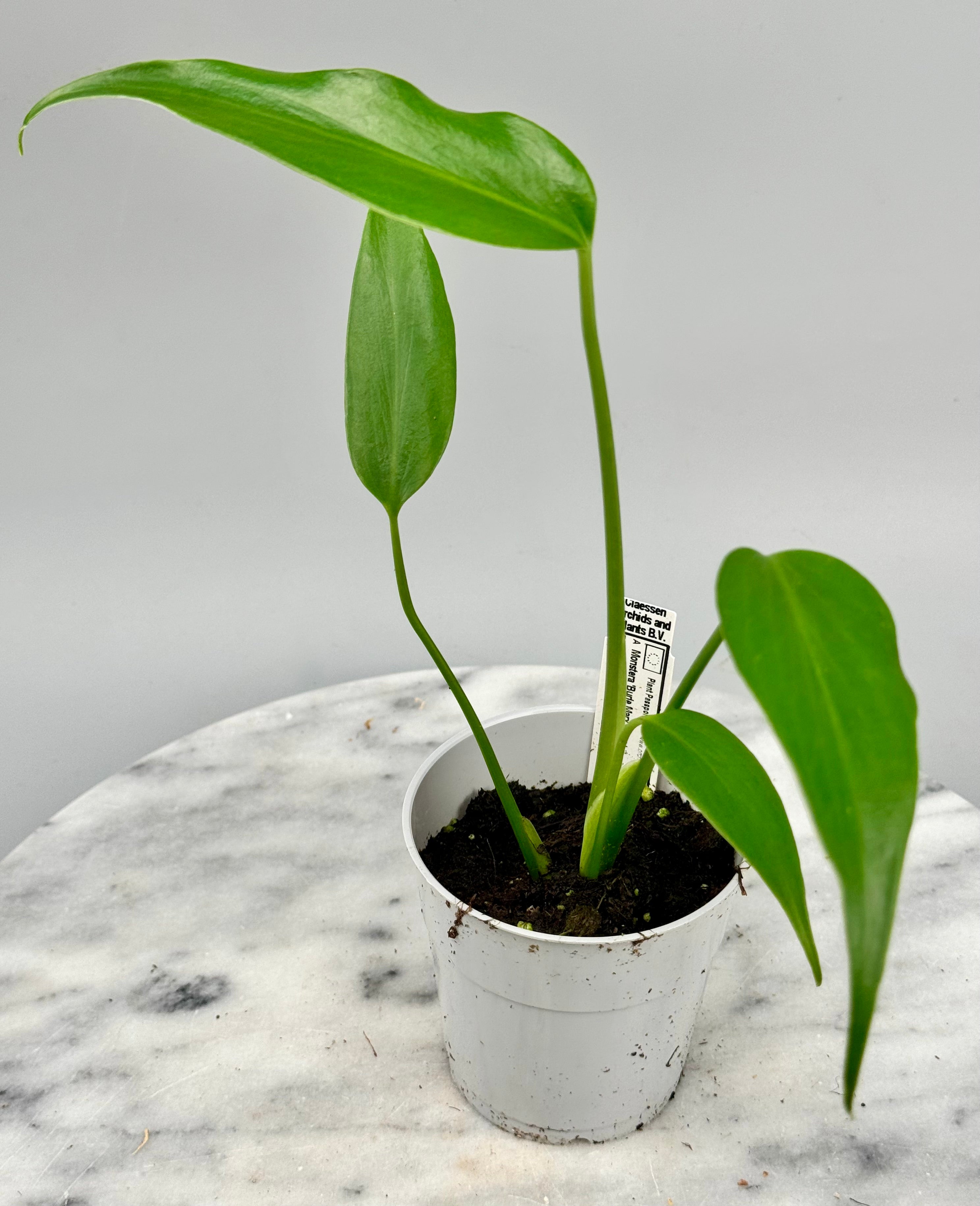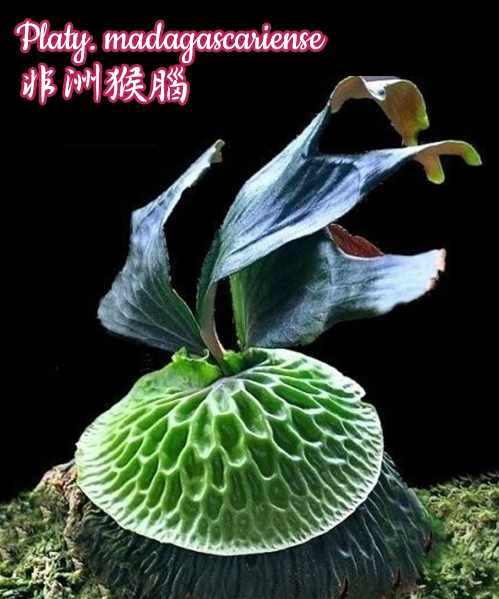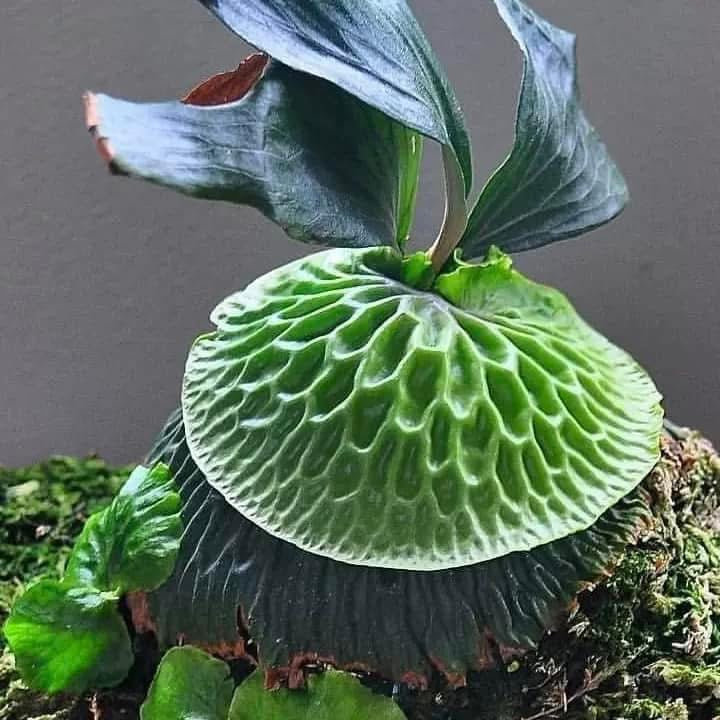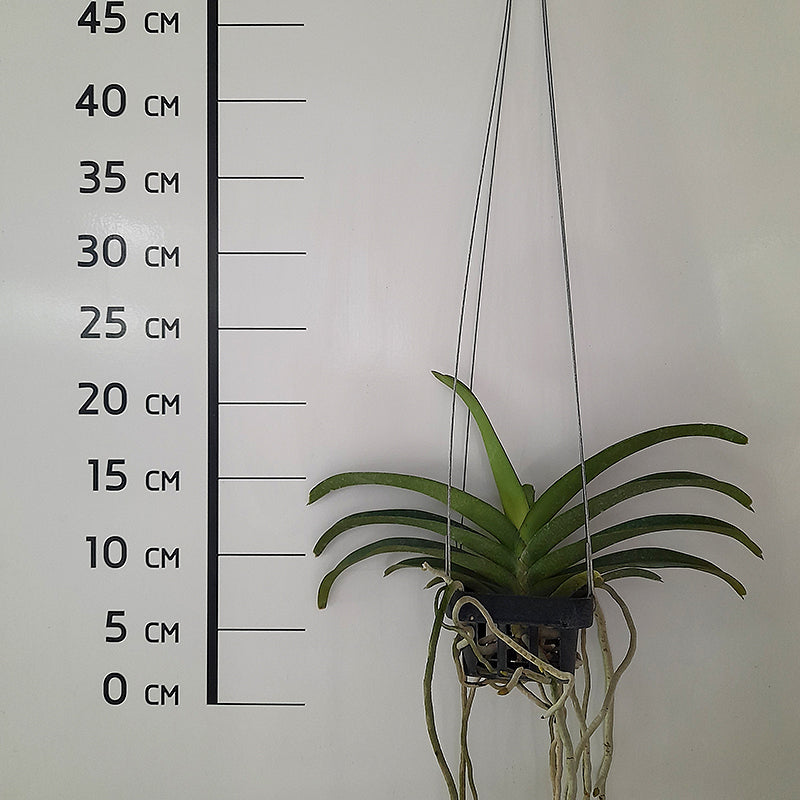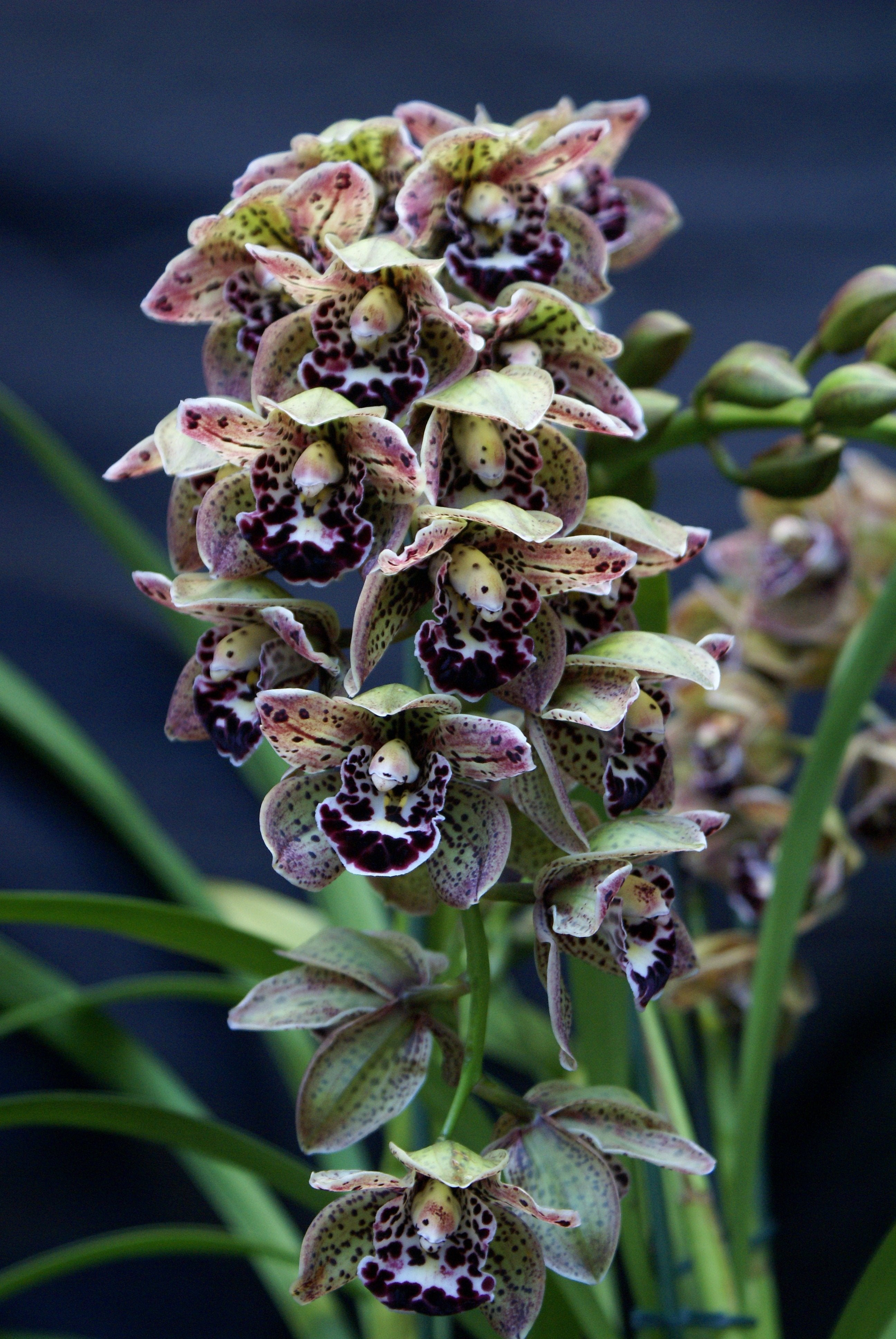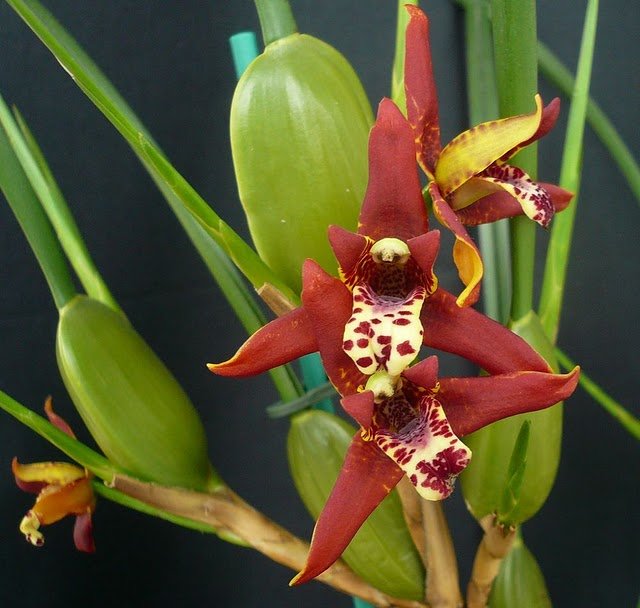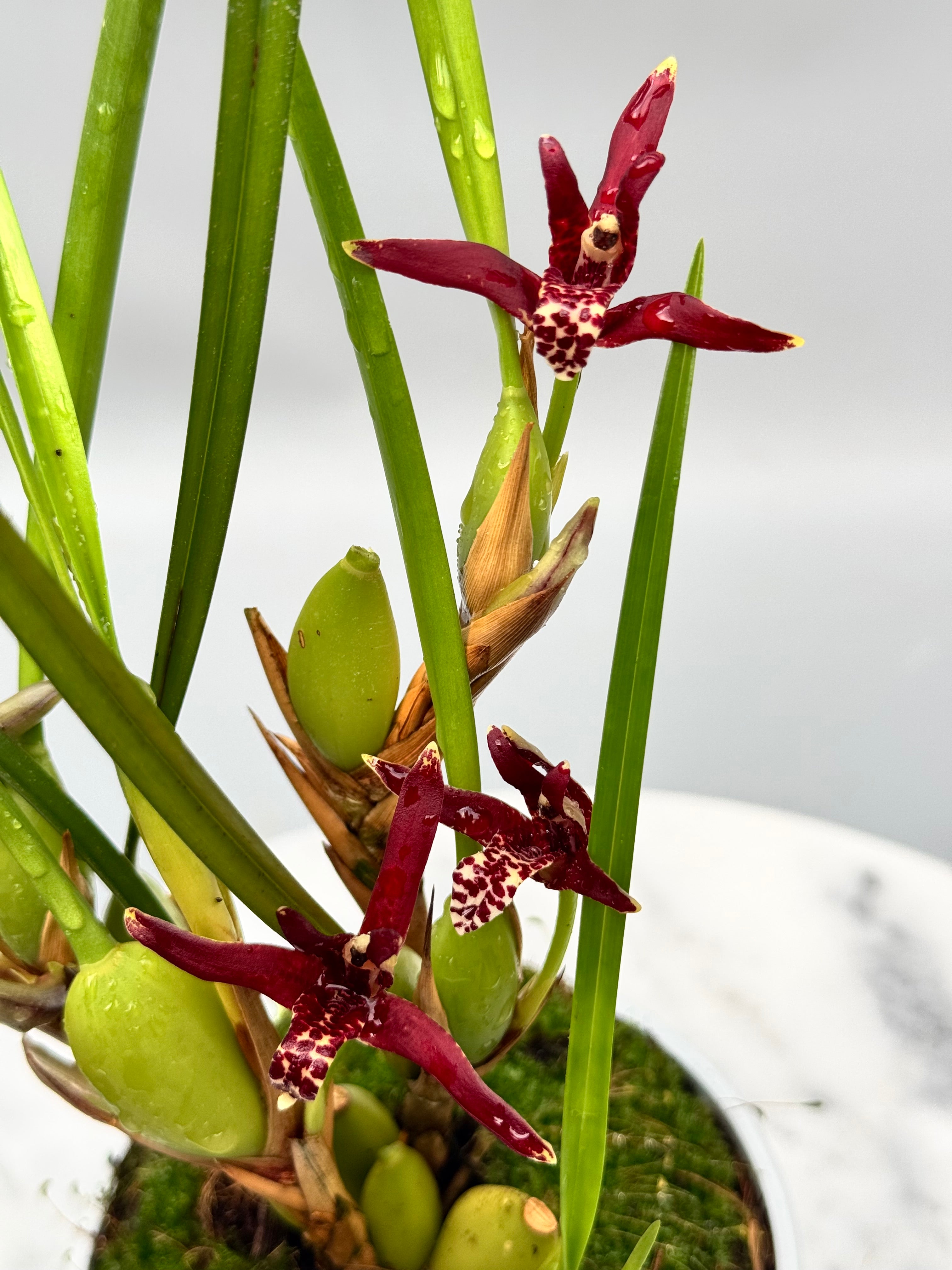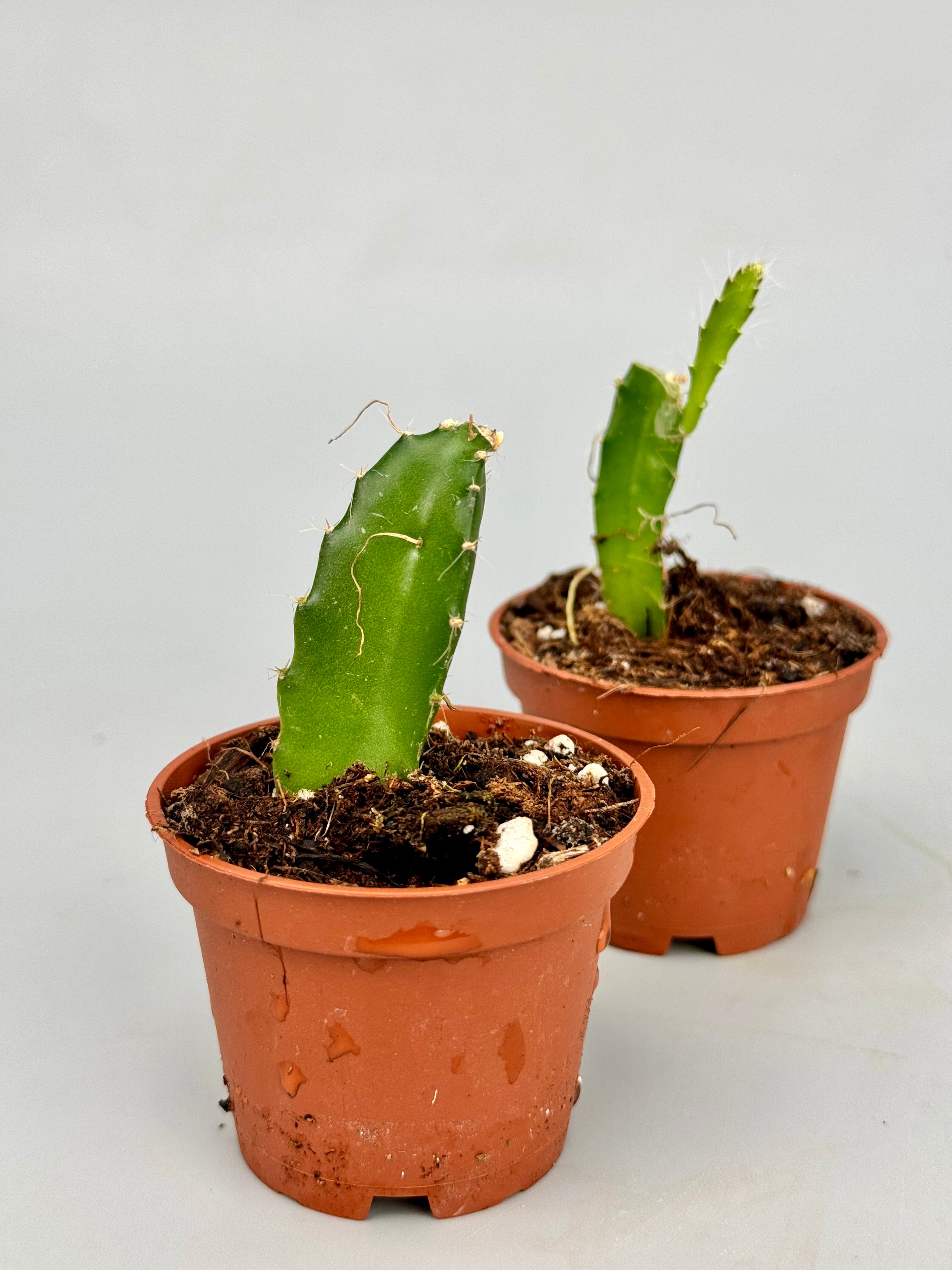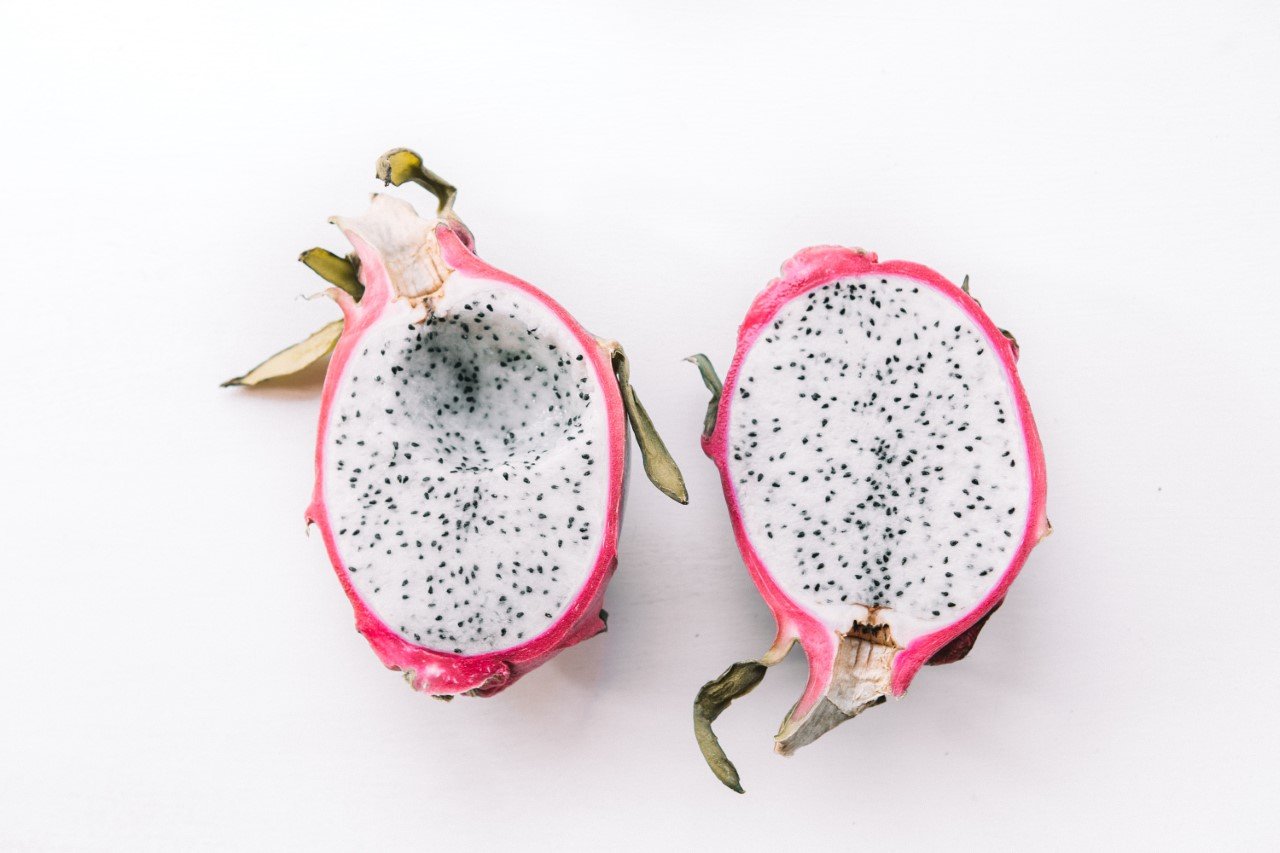Plants from the rainforest continue to fascinate. Their exotic shapes, lush leaves and mysterious origins have been drawing people to garden centers, fairs and specialized web shops for decades. Yet you may also notice: not every tropical plant feels at home on the windowsill. Some species flourish surprisingly well, while others show signs of stress after only a few weeks. How can that be? And why is it okay for your living room not to be a rainforest?
A world of difference
Tropical rainforests are among the most complex and stable ecosystems in the world. The humidity there is almost constantly around 80 to 100 percent, the canopy filters sunlight into a diffuse, green-tinged spectrum, and the temperature rarely fluctuates more than a few degrees each day. In addition, the soil is teeming with life: fungi, bacteria, microfauna and mycorrhizae provide an invisible but essential nutrient cycle.
In your living room - even with the best of intentions - those conditions can hardly be replicated. The air is often too dry, especially in winter. Light comes from one direction and is much bluer or redder than in a tropical forest. The temperature varies with the seasons, and it often gets considerably cooler at night. And the potting soil in an ornamental pot is never as vibrant as rainforest soil.
Why some species thrive anyway
Yet there are some plants that have adapted wonderfully well to life indoors. Consider Monstera deliciosa, Zamioculcas zamiifolia Or certain orchids such as Phalaenopsis. These species often come from edges of the rainforest, where they are already accustomed to variations in light and temperature. Some have thick leaves or fleshy roots that allow them to store water; others close their stomata during the day to limit dehydration.
It is these plants that have achieved cult status as houseplants - not because they are "prettier" than others, but because they show resilience. They require less adaptation from the caregiver and often give a lot back: flowers, new leaves, a spring growth spurt.
A matter of microclimate
While you can't import a tropical storm or aphid-eating ant species into your home, you can make smart choices. Put susceptible species together in a group to increase humidity locally. Use a humidifier in winter. Place plants a little farther from a cold windowsill or radiator. Choose airy, breathable potting soil with bark or coconut fiber, depending on the species. And accept that some plants simply don't become happy in a living room - and that that says nothing about your green thumb.
Realism is not pessimism
The idea that plants are only "beautiful" if they grow quickly, never drop leaves and always bloom often stems from unrealistic expectations. Understanding where a plant comes from, and the difference between its natural habitat and your home, creates room for mildness. Maybe your orchid only blooms once a year. Maybe your Calathea occasional leaf turns brown. But if you know that that plant came from a cloud forest with continuous fog, 25 degrees and soil full of fungus, it is rather admirable that it survives on your windowsill.
In conclusion
Your living room is not a rainforest. And it doesn't have to be. What counts is the bond you build with the plants that do feel at home with you. Those surprisingly strong tropical guests that adapt, move with you, and sometimes show a small miracle - a new leaf, an unexpected bloom. If you learn to appreciate these modest successes, you will look at your plant collection with different eyes: not as decoration, but as silent witnesses of a hidden power.

